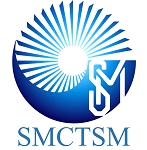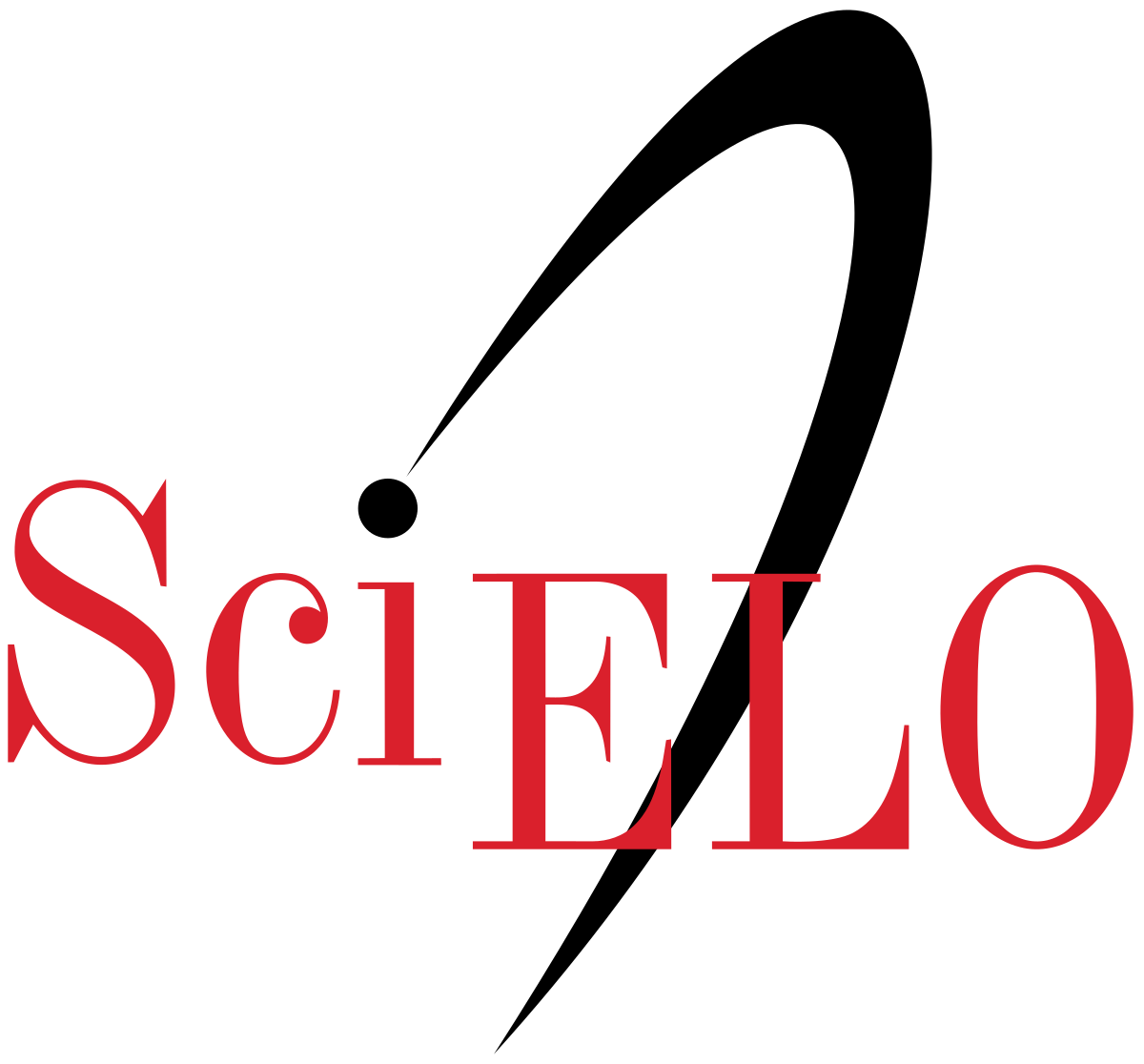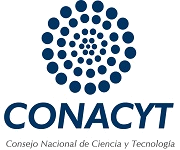Influence of active layer thickness, device architecture and degradation effects on the contact resistance in organic thin film transistors
DOI:
https://doi.org/10.47566/2017_syv30_1-030046Keywords:
Thin Film Transistors, Polymers, Contact resistanceAbstract
We analyze the influence of three combined effects on the contact resistance in organic- based thin film transistors: a) the active layer thickness, b) device architecture and c) semiconductor degradation. Transfer characteristics and parasitic series resistance were analyzed in devices with three different active layer thicknesses (50, 100 and 150 nm) using top contact (TC) and bottom contact (BC) thin film transistor (TFT) configurations. In both configurations, the lowest contact resistance (2.49 × 106 ?) and the highest field-effect mobility (4.8 × 10-2 cm2/V·s) was presented in devices with the thicker pentacene film. Top contact thin film transistors presented field-effect mobility values one order of magnitude higher (4.8 × 10-2 cm2/V·s) than bottom contact ones (1 × 10-3 cm2/V·s). Threshold voltage for top-contact thin film transistors was -3.1 V. After 2 months, performance in the devices degraded and presented an increase of one order of magnitude (105 - 106 ?) for BC-TFTs and two orders of magnitude (106 - 108 ?) for TC-TFTs in contact resistance.
References
. D. Gupta, M. Katiyar, D. Gupta, Org. Electron. 10, 775 (2009).
https://doi.org/10.1016/j.orgel.2009.03.012
. D.J. Gundlach, L. Zhou, J.A. Nichols, T.N. Jackson, P.V. Necliudov, M.S. Shur, J. Appl. Phys. 100, 024509 (2006).
http://dx.doi.org/10.1063/1.2215132
. S. Lee, S.J. Kang, G. Jo, M. Choe, W. Park, J. Yoon, T. Kwon, Y.H. Kahng, D.Y. Kim, B.H. Lee, T. Lee, Appl. Phys. Lett. 99, 083306 (2011).
http://dx.doi.org/10.1063/1.3629994
. H. Klauk, G. Schmid, W. Radlik, W. Weber, L. Zhou, C.D. Sheraw, J.A. Nichols, T.N. Jackson, Solid-State Electron. 47, 297 (2003).
https://doi.org/10.1016/S0038-1101(02)00210-1
. J. Park, J.M. Kang, D.W. Kim, J.S. Choi, Thin Solid Films 518, 6232 (2010).
https://doi.org/10.1016/j.tsf.2010.03.168
. Y.J. Lin and B.C. Huang, Microelectron. Eng. 103, 76 (2013).
https://doi.org/10.1016/j.mee.2012.09.001
. F. Li, A. Nathan, Y. Wu and B. S. Ong, Organic Thin Film Transistor Integration: A Hybrid Approach, (Wiley, Weinheim Germany, 2011).
ISBN: 978-3-527-40959-4 http://www.wiley.com/WileyCDA/WileyTitle/productCd-3527409599.html
. G.B. Blanchet, C.R. Fincher, M. Lefenfeld, Appl. Phys. Lett. 84, 296 (2004).
http://dx.doi.org/10.1063/1.1639937
. S. Gowrisanker, Y. Ai, M.A. Quevedo-Lopez, H. Jia, H.N. Alshareef, E. Vogel, B. Gnade, Appl. Phys. Lett. 92, 153305 (2008).
http://dx.doi.org/10.1063/1.2904968
. V.H. Martinez-Landeros, G. Gutierrez-Heredia, F.S. Aguirre-Tostado, M. Sotelo-Lerma, B.E. Gnade, M.A. Quevedo-Lopez, Thin Solid Films 531, 398 (2013).
https://doi.org/10.1016/j.tsf.2012.12.061
. Ch. Pannemann, T. Diekmann, U. Hilleringmann, J. Mat. Res. 19, 1999 (2004).
https://doi.org/10.1557/JMR.2004.0267
. D. Simeone, M. Rapisarda, G. Fortunato, A. Valletta, L. Mariucci, Org. Electron. 12, 447 (2011).
https://doi.org/10.1016/j.orgel.2010.12.013
. C.R. Kagan, A. Afzali, T. O. Graham, Appl. Phys. Lett. 86, 193505 (2005).
http://dx.doi.org/10.1063/1.1924890
. Y. Hu, G. Dong, Y. Liang, L. Wang, Y. Qiu, Jpn. J. Appl. Phys. 44, L938 (2005).
http://iopscience.iop.org/1347-4065/44/7L/L938
. L. Mariucci, D. Simeone, S. Cipolloni, L. Maiolo, A. Pecora, G. Fortunato, S. Brotherton, Solid-State Electron. 52, 412 (2008).
https://doi.org/10.1016/j.sse.2007.10.010
. B. Kumar, B.K. Kumar, Y.S. Negi, IET Circuits Devices Syst., 8, 131 (2014).
http://dx.doi.org/10.1049/iet-cds.2013.0275
. K.N.N. Unni, S. Dabo-Seignon, J.M. Nunzi, J. Mater. Sci. 41, 1865 (2006).
https://doi.org/10.1007/s10853-006-7549-9
. K. Tsukagoshi, I.Yagi, K.Shigeto, K.Yanagisawa, J.Tanabe, Y.Aoyagi, Appl. Phys. Lett. 87, 183502 (2005).
http://dx.doi.org/10.1063/1.2120894
. Y.W. Wang, D.Z. Liu, M.Y. Hong, H.L. Cheng, Proc. of SPIE 7417, 74171F (2009).
https://doi.org/10.1117/12.826072
. M. Tsuno, M. Suga, M. Tanaka, K. Shibahara, M. Miura-Mattausch, M. Hirose, IEEE Trans. Electron. Devices 46, 1429 (1999).
https://doi.org/10.1109/16.772487
. D. Boudinet, G.L. Blevennec, C. Serbutoviez, J.M. Verilhac, H. Yan, G. Horowitz, J. Appl. Phys. 105, 084510 (2009).
http://dx.doi.org/10.1063/1.3110021
. W.T. Wondmagegn, N.T. Satyala, R.J. Pieper, M.A. Quevedo-Lopez, S. Gowrisanker, H.N. Alshareef, H.J. Stiegler, B.E. Gnade, J Comput. Electron. 10, 144 (2011).
https://doi.org/10.1007/s10825-010-0311-1
. N. Koch, A. Kahn, J. Ghijsen, J.J. Pireaux, J. Schwartz, R.L. Johnson, A. Elschner, Appl. Phys. Lett. 82, 70 (2003).
http://dx.doi.org/10.1063/1.1532102
. R.T. Tung, Phys. Rev. B, 64, 205310 (2001).
https://doi.org/10.1103/PhysRevB.64.205310
. P.V. Necliudov, M.S. Shur, D.J. Gundlach, T.N. Jackson, Solid-State Electron. 47, 259 (2003).
https://doi.org/10.1016/S0038-1101(02)00204-6
. H.L. Cheng, Y.S. Mai, W.Y. Chou, L.R. Chang, X.W. Liang, Adv. Funct. Mater. 17, 3639 (2007).
https://doi.org/10.1002/adfm.200700207
. R. Matsubara, N. Ohashi, M. Sakai, K. Kudo, M. Nkamura, Appl. Phys. Lett. 92, 242108 (2008).
http://dx.doi.org/10.1063/1.2943659
. B. Bräuer, R. Kukreja, A. Virkar, H.B. Akkerman, A. Fognini, T. Tyliszczac, Z. Bao, Organic Electron. 12, 1936 (2011).
https://doi.org/10.1016/j.orgel.2011.08.007
. E.J. Meijer, G.H. Gelinck, E. van Veenendaal, B.H. Huisman, D.M. de Leeuw, T.M. Klapwijk, Appl. Phys. Lett. 82, 4576 (2003).
http://dx.doi.org/10.1063/1.1581389
. T. Ahn, H.J. Suk, J. Won, M.H. Yi, Microelectron. Eng. 86, 41 (2009).
https://doi.org/10.1016/j.mee.2008.09.007
. J. Li, H.P. Lin, F. Zhou, W.Q. Zhu, X.Y. Jiang, Z.L. Zhang, Curr. Appl. Phys. 12, 280 (2012).
https://doi.org/10.1016/j.cap.2011.06.020
. J.E. Northrup, M.L. Chabinyc, Phys. Rev. B 68, 041202(R) (2003).
https://doi.org/10.1103/PhysRevB.68.041202
. C.D. Dimitrakopoulos, D.J. Mascaro, IBM J. Res. Dev. 45, 11 (2001).
https://doi.org/10.1147/rd.451.0011
. D.J. Gundlach, T.N. Jackson, D.G. Schlom, S.F. Nelson, Appl. Phys. Lett. 74, 3302 (1999).
http://dx.doi.org/10.1063/1.123325
. Z.T. Zhu, J.T. Mason, R. Dieckmann, G.G. Malliaras, Appl. Phys. Lett. 81, 24 (2002).
Published
Issue
Section
License
Copyright (c) 2017 The authors; licensee SMCTSM, Mexico.

This work is licensed under a Creative Commons Attribution 4.0 International License.
©2025 by the authors; licensee SMCTSM, Mexico. This article is an open access article distributed under the terms and conditions of the Creative Commons Attribution license (http://creativecommons.org/licenses/by/4.0/).





